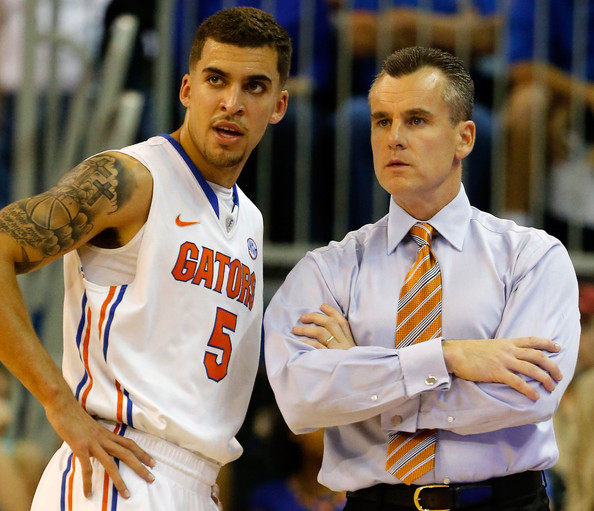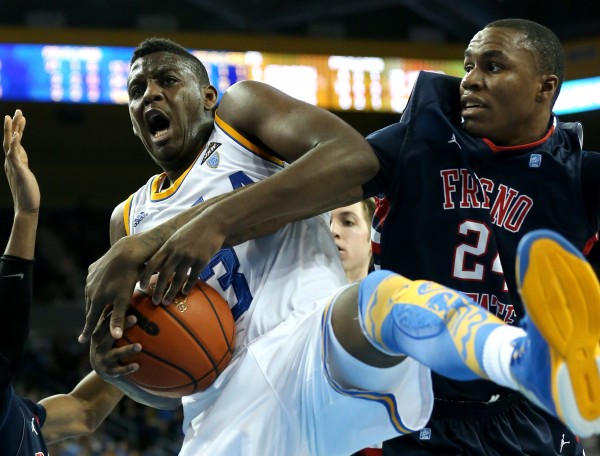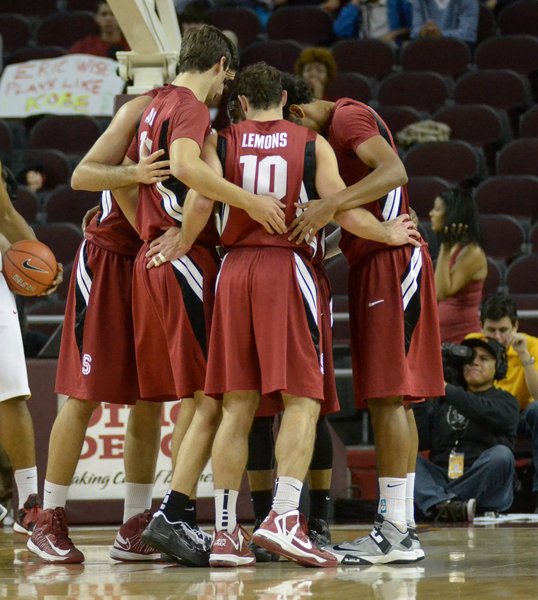Bracket Prep: South Region Analysis
Posted by Bennet Hayes (@hoopstraveler) on March 17th, 2014Throughout Monday, we will roll out our region-by-region analysis on the following schedule: East (10:00 AM), Midwest (11:00 AM), South (1:00 PM), West (2:00 PM). Here, Bennet Hayes (@hoopstraveler) breaks down the South Region from top to bottom. Also, be sure to follow our RTC South Region handle on Twitter for continuous updates the next two weeks (@RTCsouthregion).
You should also check out our upcoming RTC Podblast with Bennet breaking down the South Region, which will drop both on the site and on iTunes Tuesday.
South Region
Favorite: #1 Florida (32-2, 21-0 SEC). The Gators are the clear front-runner to win the South region, and after winning their last 26 games, should also be the presumptive favorite to cut down the nets in Dallas. Winning four games in a row to reach the Final Four is never an easy chore, but the field’s #1 overall seed has all the necessary ingredients to make a fourth final four run under Billy Donovan.

Billy Donovan And Scottie Wilbekin Are Both Huge Reasons Why Florida Enters The NCAA Tournament As The #1 Overall Seed
Should They Falter: #2 Kansas (24-9, 15-5 Big 12). The Jayhawks’ case is a tricky one. With Joel Embiid, Kansas is easily the scariest #2 seed in the field and a serious threat to win it all; but the Jayhawks are far more difficult to quantify without their gifted freshman big man. Nothing is definite with Embiid’s prognosis, but if healthy and able to play, Kansas would only be the slightest of underdogs in an Elite Eight rematch with Florida. The outlook gets a little gloomier if the future trumps the present for the potential #1 overall pick in April’s NBA Draft (the one named Joel), but Andrew Wiggins’ recent offensive explosions still make Kansas a threat to run deep in this Tournament. Don’t forget that they will have a nice home court advantage in St. Louis for rounds two and three, and that crutch could help the Jayhawks advance to the second weekend without too much fuss – with or without Embiid. It’s still Bill Self and KU; don’t make the mistake of believing Joel Embiid’s health will be the sole determinant of the Jayhawk’s fate.
Grossly Overseeded: #8 Colorado (23-11, 12-9 Pac-12). There are no egregious examples of overseeding in this region, but Colorado stands out as the South’s most overvalued team. #3 Syracuse and #5 VCU may also have been generously awarded an extra seed line, but as currently constructed, the Buffs deserved to be closer to the cut-line than their #8 seed would suggest they actually were. Since Spencer Dinwiddie went down on January 12, Colorado managed only a .500 record in the Pac-12 and rarely looked competitive in outings against the upper echelon of the league. They are just 64th in KenPom’s rankings (only NC State is worse among at-large selections), and each of their three wins since February 19 was earned by the narrowest of margins (quirky note: all had final scores of 59-56). Askia Booker has remade himself in Dinwiddie’s absence and Tad Boyle deserves a ton of credit for navigating CU through the storm and into this field, but Colorado is just not one of the 32 best teams in college basketball.















































